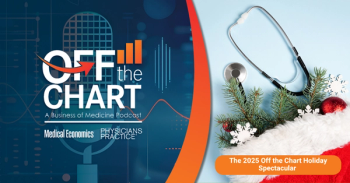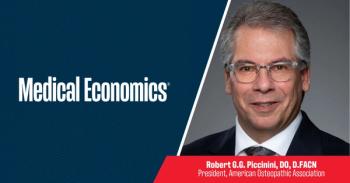
President Trump posts 17 letters addressed to pharma CEOs demanding lower drug prices in 60 days
Key Takeaways
- Trump demands pharmaceutical companies offer Americans the same drug prices as in other wealthy nations, enforcing the "Most-Favored-Nation Prescription Drug Pricing" order.
- Four key demands include extending MFN pricing to Medicaid, guaranteeing MFN pricing for new drugs, repatriating foreign revenue gains, and offering direct-purchase models.
The President shared letters to pharma CEOs on Truth Social Thursday, giving them 60 days to match U.S. drug prices to the lowest rates in other wealthy nations.
President Donald Trump has launched a new arm of his campaign to drive down U.S. prescription drug prices,
The letters, posted Thursday afternoon on Truth Social, mark a new phase in the administration’s effort to enforce the May 12 executive order, “
The policy aims to end what
Four demands, 60 days
In the letters, Trump outlined four steps he expects drugmakers to take by September 29, 2025:
- Extend Most-Favored-Nation (MFN) pricing to Medicaid: Provide the full portfolio of existing drugs to Medicaid patients at the lowest price offered in other developed nations.
- Guarantee MFN pricing for new drugs: Ensure that Medicare, Medicaid and commercial insurers receive most-favored-nation pricing on all new medications, both at launch and going forward.
- Return foreign revenue gains to Americans: Repatriate increased revenue earned from raising international prices to lower costs for U.S. patients and taxpayers.
- Offer direct-purchase models: Participate in direct-to-consumer and direct-to-business channels to allow Americans to access the same discounted MFN prices without going through traditional middlemen.
“My team, including Secretary Kennedy and Administrator Oz, stand ready to implement these terms,” Trump wrote in each letter. “I expect you to further engage with them immediately, in good faith, to deliver relief for American families … but if you refuse to step up, we will deploy every tool in our arsenal to protect American families from continued abusive drug pricing practices.”
Public pressure on industry giants
The letters were sent to the leaders of AbbVie, Amgen, AstraZeneca, Boehringer Ingelheim, Bristol Myers Squibb, Eli Lilly, EMD Serono, Genentech, Gilead, GSK, Johnson & Johnson, Merck, Novartis, Novo Nordisk, Pfizer, Regeneron and Sanofi.
The move underscores a direct, public pressure campaign rather than the behind-the-scenes negotiations that have traditionally dominated drug pricing debates.
Trump’s strategy puts industry CEOs on notice in a way that could resonate with the public and investors. Many of the companies named saw stock declines Thursday.
A familiar battle
The U.S. accounts for less than 5% of the global population but roughly three-quarters of worldwide pharmaceutical profits. A
The Trump administration argues that lowering U.S. prices to “most-favored-nation” levels would bring immediate relief to patients and small medical practices struggling with high medication costs.
The letters also reinforce the President’s expressed willingness to use trade leverage to pressure foreign governments to pay more for American innovation, allowing companies to maintain revenue while easing the domestic burden.
“Americans are demanding lower drug prices, and they need them today,” Trump wrote in the letters. “Other nations have been freeloading on U.S. innovation for far too long; it is time they pay their fair share.”
What this means for your practice
While the letters are addressed to manufacturers, the ripple effects could reach the doors of physician practices. Lower drug acquisition costs could eventually reduce patient non-adherence due to price, ease practice burdens related to prior authorizations or potentially improve revenue for practices offering in-office drug administration.
That said, industry pushback, litigation and implementation challenges remain likely. Aggressive price controls can sometimes reduce availability or delay new therapies, but the ultimate impact will depend on how drugmakers and regulators implement the policy.
Trump’s 60-day deadline now puts the pharmaceutical industry on a public clock, with the White House signaling that failure to comply could trigger additional executive action or regulatory measures in the fall.
Newsletter
Stay informed and empowered with Medical Economics enewsletter, delivering expert insights, financial strategies, practice management tips and technology trends — tailored for today’s physicians.








